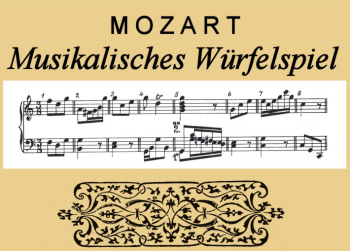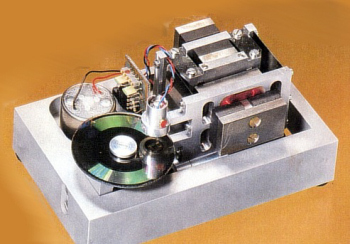Ingolf's first
Personal Computers
In the late 60's the Physics Institute of the
Hamburg University, where I was working on my thesis, acquired a Digital Equipment PDP 8E
minicomputer. This computer was meant for process control and calculation, however
the main application was a game "lunar landing". Some people were really
addicted and "worked" long hours. Familiar with digital circuits I wanted
to build my own computer. The PDP 8E was still using core memory and boards full
with low integration TTL circuits. Intel had not yet introduced the first
microcomputers (4004 and 8008), the first DRAM 1103 and EPROMs 1702.
I decided to build a serial version of the PDP 8 with MOS shift registers as
memory.
There are 12 red buttons to set the bits of a word which can be stored into the memory. A row of 12 incandescent lights (see picture to the right) displays the content of the accumulator or the memory cells. A row of 8 lights displays the memory address. A switch selects the modes: load "L", display "P", run "R", single step "ES". |
 The computer - unfolded |
|
|
The diagram to the left shows
the architecture of my computer. There are 2 shift registers - 768 bit long - which
store a total of 128 12bit words. An additional 32 word ROM (read only
memory) is programmed with fixed routines. In the shift registers the information
circulates, a selected word (sequence of 12 bits) can be overwritten with new data. A timing generator generates bit clock pulses (1 MHz), word clock pulses and the major states FETCH and EXECUTE. During the FETCH phase the memory address is taken from the program counter and during the EXECUTE phase it is taken from the instruction register. The instruction set is similar to the set of the PDP 8E.
In the arithmetic unit the operations addition and
logical AND are performed. In a serial machine the circuits for these operations are
very simple, only 1 bit at the time is processed. |
|
 3 MOS shift registers FDN 196 with their clock drivers |
 My ROM memory: Up to 32 words of 12 bit data are stored in rows of semiconductor diodes. 4 IC's contain addressing cuicuits |
|||||||||||||||
| My computer IR3 became operational in 1972. It ran little programs, it played simple music, and it did some useful work by collecting data and storing the data to a magnetic tape recorder.
Later I built more advanced computers, with a Zilog Z 80 microcomputer, 4K RAM, and 4K
ROM. A minicassette served as external data storage device. For software I
wrote a Tiny Basic interpreter, and an assembler program.
|
||||||||||||||||





